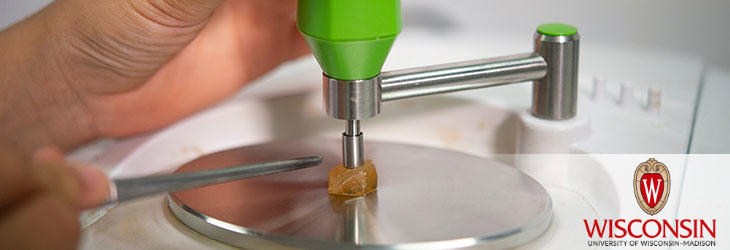Research Tools

Defined Surfaces of Self-Assembled Monolayers and Stem Cells
WARF: P05364US
Inventors: Laura Kiessling, James Thomson, Ratmir Derda, Brendan Orner
The Wisconsin Alumni Research Foundation (WARF) is seeking commercial partners interested in developing a method of identifying peptides that can be used to support a culture of hES cells.
Overview
Human embryonic stem (hES) cells are capable of self-renewal, as long as they remain undifferentiated. Culture conditions, including the medium and substrate the cells are grown in, play an important role in keeping hES cells undifferentiated.
The Invention
UW-Madison researchers have developed a method of identifying what peptides can be used to support a culture of hES cells. Self-assembled monolayer chemistry is used to create an array of alkane thiols on which peptide ligands attach in selected areas. Then cells, such as hES cells, are cultured with the monolayer as a substrate and the ligands that promote growth and self-renewal of cells are identifed.
Applications
- hES cell culture
Key Benefits
- Identifies favorable ligands quickly and on a large scale
- Enables identification of peptide ligands that promote growth of cell types, such as hES cells, which require extracellular signals for desired growth properties
- Allows isolation and identification of cells with developmentally expressed markers, offering a visual signal of a specific cell type
- Ligands are only presented to cells in defined areas of the array—background areas of the array resist cell attachment and the spreading of solvents
- Arrays can be fabricated in any size, allowing growth of large quantities of human embryonic stem cells
Additional Information
For More Information About the Inventors
Related Intellectual Property
For current licensing status, please contact Andy DeTienne at [javascript protected email address] or 608-960-9857